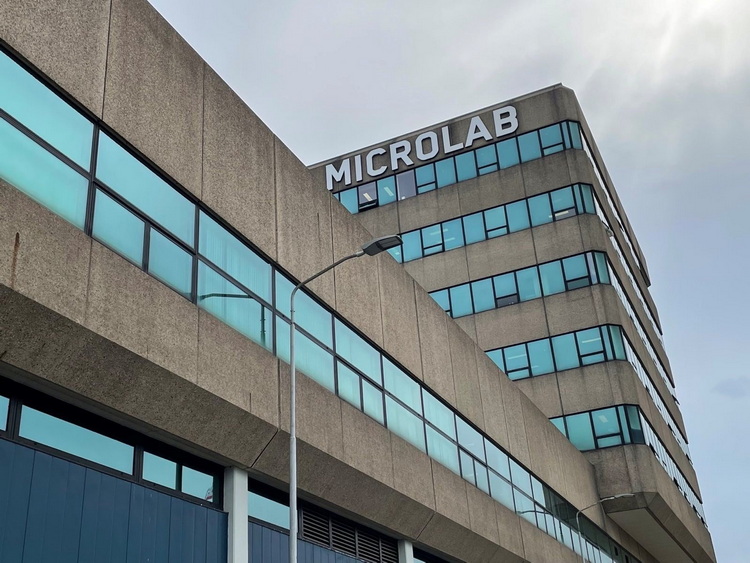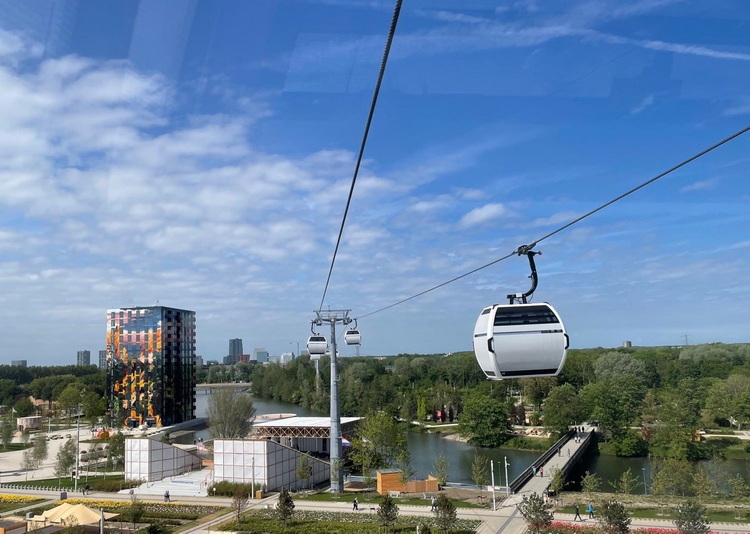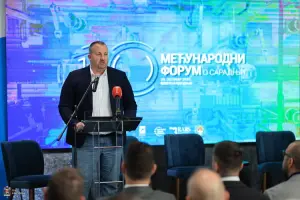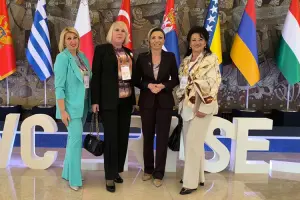Green Cities Serbia Inspired by the Netherlands Model
Experts in urbanism and politicians from Serbia visited the Netherlands in order to exchange knowledge and ideas with their Dutch colleagues. The members of the Serbian delegation visited the green city model locations and exhibitions and attended presentations. They also participated in interactive workshops with intention to recognize solutions that can inspire the next wave of sustainable urban development with a special focus on green infrastructure.
At the invitation of Mr. Joost Reintjes, the Ambassador of the Kingdom of the Netherlands to participate in the Green Cities of Serbia Project, the city of Kragujevac was delegated by Ivan Radulović, the chief city planner.
Together with Belgrade, Novi Sad, Raška and Irig, the city of Kragujevac is one of the Serbian cities invited to participate in the Project. The Public Investment Management Office of the Government of the Republic of Serbia, the UNOPS Office, the EU Local Development Programme in Serbia “EUPRO +”, and the World Bank Office representatives have also been invited to the Netherlands.
During the visit, the participants got acquainted with what the Netherlands has to offer in terms of green urban solutions, including green roofs and vertical gardens, urban renewal and transformation of industrial and business complexes, as well as other principles related to the proclaimed goals of the UN Agenda 2030 on the sustainable urban development.
The Resilio Project was presented to the members of the Serbian delegation in Amsterdam. After the visit to the country’s capital, the Serbian delegation visited Strijp-S in Eindhoven , an area which earlier belonged to Philips company, where they were where they were introduced to the Brainport concept by Tom Ausems. This concept inspired our representatives for potential solutions for the Military Technical Institute in Kragujevac in order to give a new life to this pearl of industrial heritage.
The visit to the most famous international horticultural exhibition “Floriada” in the city of Almere has resulted in exchanging ideas in urban design and sustainable urban solutions. The transformation of the old railway depot into the city park named “Spoorpark” in the city of Tilburg is a perfect example of how a devastated space can be turned into a green urban area. The delegation also visited Piushaven – a port area currently experiencing an urban transformation from an industrial port to a residential and business center. In Utrecht, the authors of the “Oosterspoorbann” line park which was created on an abandoned industrial track, presented their solutions for landscaping.
In Rotterdam, the participants of the study visit got acquainted with the ways in which the largest European port adapts its underused and devastated spaces through collaborative planning, consultative processes, civic and entrepreneurial initiative.
At the end of the study visit, a session was organized at the Embassy of the Republic of Serbia in The Hague where Ksenija Milenković, the Ambassador of the Republic of Serbia to the Netherlands, talked with the participants about the continuation of the Green Cities of Serbia Project.
Green Cities Serbia is a project run by the Embassy of the Kingdom of the Netherlands in the Republic of Serbia and funded through a partnership between the Government of the Kingdom of the Netherlands and companies providing sustainable urban solutions which will help their Serbian colleagues achieve the final goal of the green transition and improve the quality of life in Serbian cities.
















